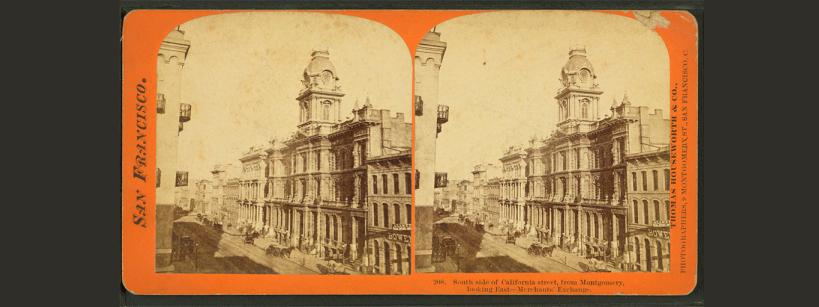Self-Paced Lesson
Students learn why and how Texas, California and Oregon became part of the U.S., and about the diverse people who lived in each state.
Using an annotation activity and through analysis of primary sources and a timeline, students will learn about the people who lived in Texas, California and Oregon prior to statehood, the importance of land to the U.S., what other countries claimed the territory and how each area became part of the U.S. Students will summarize what they learned on maps of California, Oregon, and Texas and make connections to their own state.
Standards
CA HSS: 5.8.6
Lesson Resources
Lesson: Path to Statehood: Texas, Oregon and California; Spanish
Student Response Sheet: Path to Statehood: Texas, Oregon and California Student Response Sheet Fillable; Spanish
Teaching Tips for Different Learning Environments
Whole Class In-Person Learning: Assign student groups a different state to complete the annotation activity (Part I-A) and summarize the information (Part I-B). Groups present the map of their assigned state and summary of information (Part I-B) through a poster with visuals.
Whole Class Distance Learning: Assign student groups a different state. Students work individually to complete the annotation activity (Part I-A) and meet in breakout rooms to summarize the information (Part I-B). Groups work together to present the map of the state and summary of information (Part I-B) with visuals.
Tech Fun: For Part III - what makes my state special – create a class collage on a Presentation application (PowerPoint, Google Slides, Prezi, etc.) or students create videos of the history of and special things about their state using an online video application. (VoiceThread, Flipgrid, etc.)
Extensions: Compare and contrast activity. Teacher leads a discussion or creates a graphic organizer to identify similarities and differences in 1) reasons why the U.S. wanted the land 2) people who lived in each state 3) countries who claimed the land and 4) how U.S. acquired the territory and statehood date. Students could write a paragraph of similarities and differences.
Associated Education Resources




